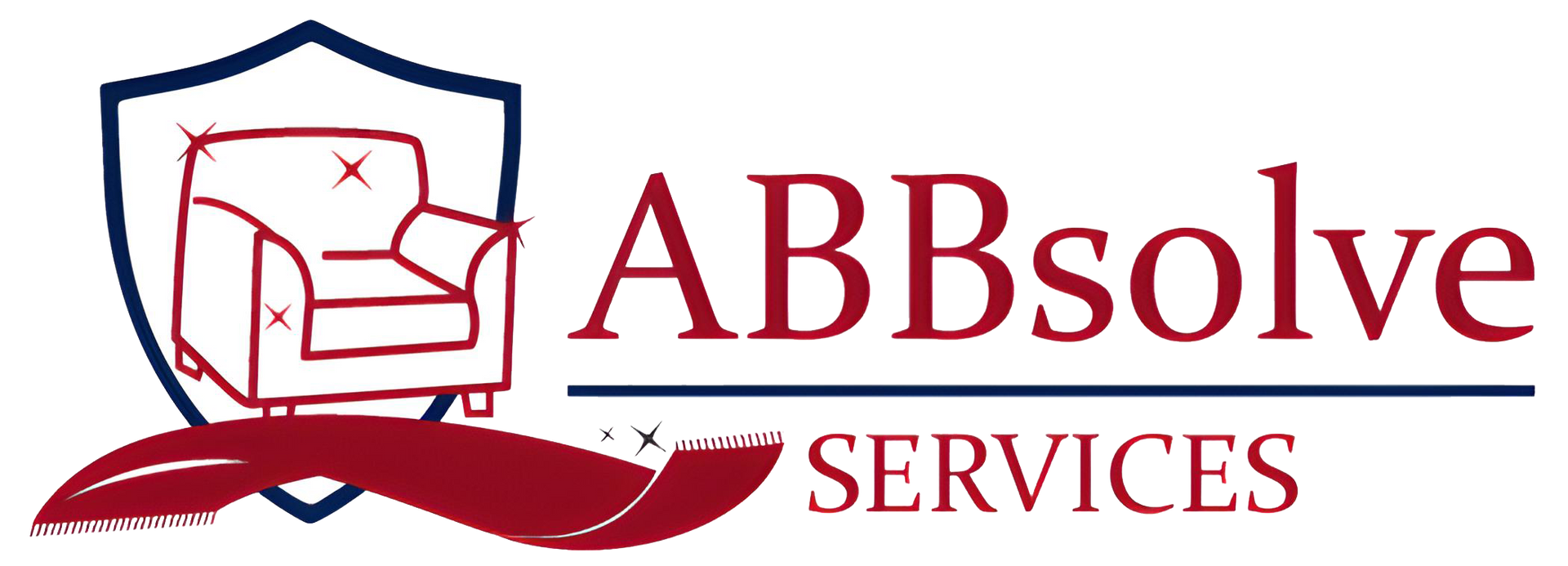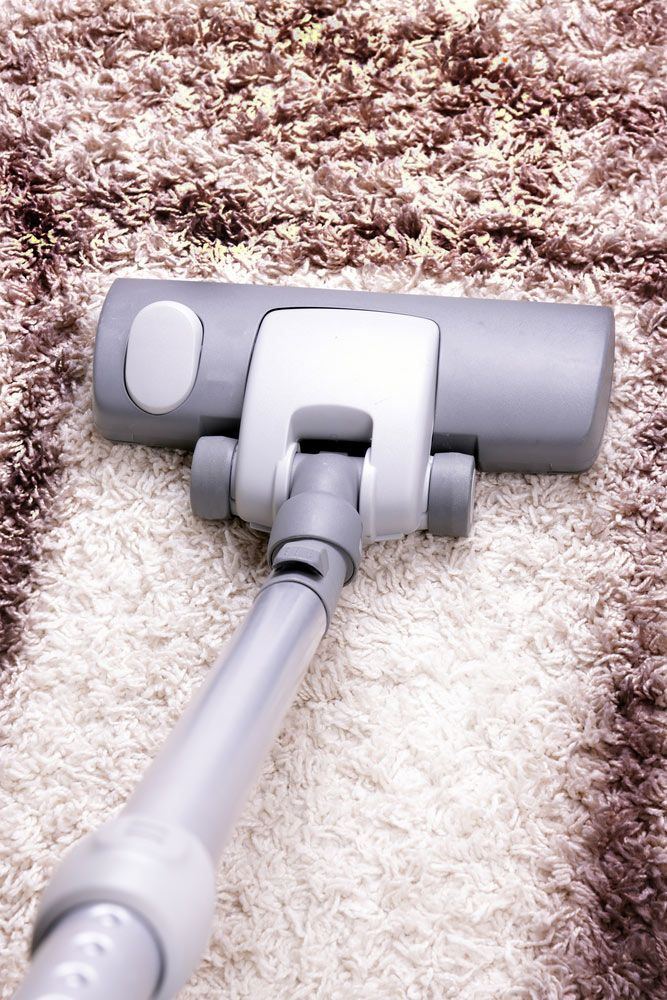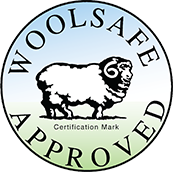Spotless Sofas: Effective Stain Removal Techniques You Can Trust
Your sofa is one of the most-used pieces of furniture in your home. It’s where you relax, watch TV, entertain guests, and—if you have kids or pets—likely where the occasional spill or mess happens. Over time, these everyday accidents can lead to stubborn stains, lingering odours, and a generally tired-looking lounge.
While there’s no shortage of DIY tips for tackling stains, many home methods simply don’t deliver the same results as professional upholstery cleaning on the Sunshine Coast. From the right cleaning agents to the right techniques, knowing how to care for your furniture can make all the difference in its appearance, hygiene, and lifespan.
In this guide, we’ll explore professional stain removal techniques, why DIY methods often fall short, and how safe, eco-friendly cleaning can keep your sofa looking and smelling fresh.
Why Professional Upholstery Cleaning Matters
Fabric upholstery is more delicate than it looks. Even tough-looking fabrics can be damaged by harsh chemicals, excessive moisture, or incorrect cleaning methods. Professional upholstery cleaning services offer several key advantages:
- Fabric-Safe Products – Cleaners formulated specifically for different fabrics prevent damage and discolouration.
- Advanced Equipment – High-powered extraction machines remove deep-seated dirt and allergens.
- Expert Stain Identification – Professionals can identify the type of stain and choose the safest, most effective removal method.
- Deodorising Treatments – Neutralise odours from pets, spills, and everyday use.
- Prolonged Lifespan – Regular cleaning helps maintain fabric strength and colour.
Common Stains & How They’re Treated Professionally
Not all stains are created equal—what works for one can make another worse. Here’s how trained technicians typically handle the most common types:
Food & Drink Spills
Coffee, wine, juice, and sauces can leave stubborn marks if not treated quickly. Professionals use pH-balanced cleaning agents that break down food-based stains without damaging fibres, followed by deep extraction to remove residue and prevent re-soiling.
Pet Stains & Odours
Pet accidents can seep deep into upholstery, leaving both stains and odours. A professional process usually involves enzyme-based cleaners that neutralise odour-causing bacteria and break down organic matter, followed by thorough rinsing.
Ink & Dye Transfer
Ballpoint pens, markers, and dye from clothing can be challenging to remove. Technicians may use targeted solvent-based spot treatments designed to lift the pigment without spreading it or affecting the fabric colour.
Grease & Oil Marks
From cooking spills to body oils, these stains require degreasing solutions that emulsify oils for easier removal. Special care is taken to avoid over-wetting, which can spread the stain.
The Professional Upholstery Cleaning Process
While methods can vary depending on the service provider and fabric type, a typical upholstery cleaning on the Sunshine Coast might follow these steps:
1. Inspection
The technician inspects the sofa to identify the fabric type, level of soiling, and specific stains. This step is essential for choosing the right cleaning method.
2. Pre-Treatment
Stains are treated with specialised solutions tailored to the type of mark—whether it’s protein-based, oily, or pigment-related.
3. Deep Cleaning
Using hot water extraction (also called steam cleaning) or low-moisture techniques, the technician flushes out dirt, allergens, and cleaning agents. This step restores freshness and colour vibrancy.
4. Deodorising
Safe, eco-friendly deodorisers neutralise odours without leaving overpowering fragrances, making the furniture safe for children and pets.
5. Fabric Protection (Optional)
Some services offer fabric protection treatments to help repel future stains, extending the results of the clean.
Why DIY Stain Removal Often Falls Short
While it’s tempting to tackle stains yourself, there are several risks to using household methods:
- Incorrect Products – Generic cleaners can cause fabric shrinkage, colour bleeding, or surface damage.
- Over-Wetting – Excess water can lead to mould growth or leave water marks on upholstery.
- Setting the Stain – Rubbing or using the wrong cleaning agent can push the stain deeper or make it permanent.
- Incomplete Cleaning – Surface stains might disappear temporarily but reappear if residues remain in the fabric.
Professional cleaning eliminates these risks by using the right tools and techniques from the start.
Eco-Friendly & Family-Safe Solutions
For households with children, pets, or allergy sufferers, it’s important to choose upholstery cleaning services that use eco-friendly products and methods.
- Non-Toxic Cleaning Agents – Free from harsh chemicals, safe for skin contact, and gentle on fabrics.
- Low Residue Formulas – Ensure no sticky residues remain to attract dirt after cleaning.
- Pet-Safe Enzyme Treatments – Break down odour-causing bacteria without harmful side effects.
- Allergen Reduction – Removes dust mites, pollen, and pet dander trapped in fabric fibres.
By prioritising safe cleaning, you protect both your furniture and your household’s well-being.
How Often Should Upholstery Be Professionally Cleaned?
The frequency depends on your household’s lifestyle and the amount of use the furniture gets:
- Every 6–12 months – For families with children or pets, or for heavily used furniture.
- Every 12–18 months – For lighter use households.
- Before Selling or Leasing a Home – Freshly cleaned upholstery adds appeal for potential buyers or tenants.
Regular cleaning not only maintains appearance but also helps extend the lifespan of your furniture, making it a cost-effective choice in the long run.
Tips for Keeping Your Sofa Stain-Free Between Cleans
While professional cleaning offers the deepest refresh, there are steps you can take to protect your sofa in between visits:
- Blot Spills Immediately – Use a clean, dry cloth to absorb as much liquid as possible before it sets.
- Avoid Harsh Scrubbing – This can damage fibres or push the stain deeper.
- Rotate Cushions – Promotes even wear and reduces pressure marks.
- Vacuum Weekly – Removes dust and debris that can dull fabric over time.
- Use Throws or Slipcovers – Adds a layer of protection in high-use areas.
The Long-Term Benefits of Professional Upholstery Cleaning
Investing in professional cleaning isn’t just about removing stains—it’s about preserving your furniture’s beauty, comfort, and value. With the right care, a high-quality sofa can last for many years, offering:
- Enhanced Appearance – Fabrics look brighter and feel fresher.
- Improved Hygiene – Deep cleaning removes hidden bacteria, allergens, and odours.
- Better Air Quality – Reducing dust and allergens in the home environment.
- Extended Lifespan – Protects your investment by preventing premature wear.
Need Upholstery Cleaning on the Sunshine Coast?
When it comes to upholstery cleaning on the Sunshine Coast, Abbsolve Services delivers expert results with eco-friendly, fabric-safe solutions. Our professional team uses advanced equipment to remove stubborn stains, neutralise odours, and restore your furniture’s freshness—all while keeping your home safe for kids and pets.
Whether you’re dealing with everyday spills, pet accidents, or just want to refresh your home, our tailored cleaning services will help your furniture look and feel like new.
Contact us today to learn more!






